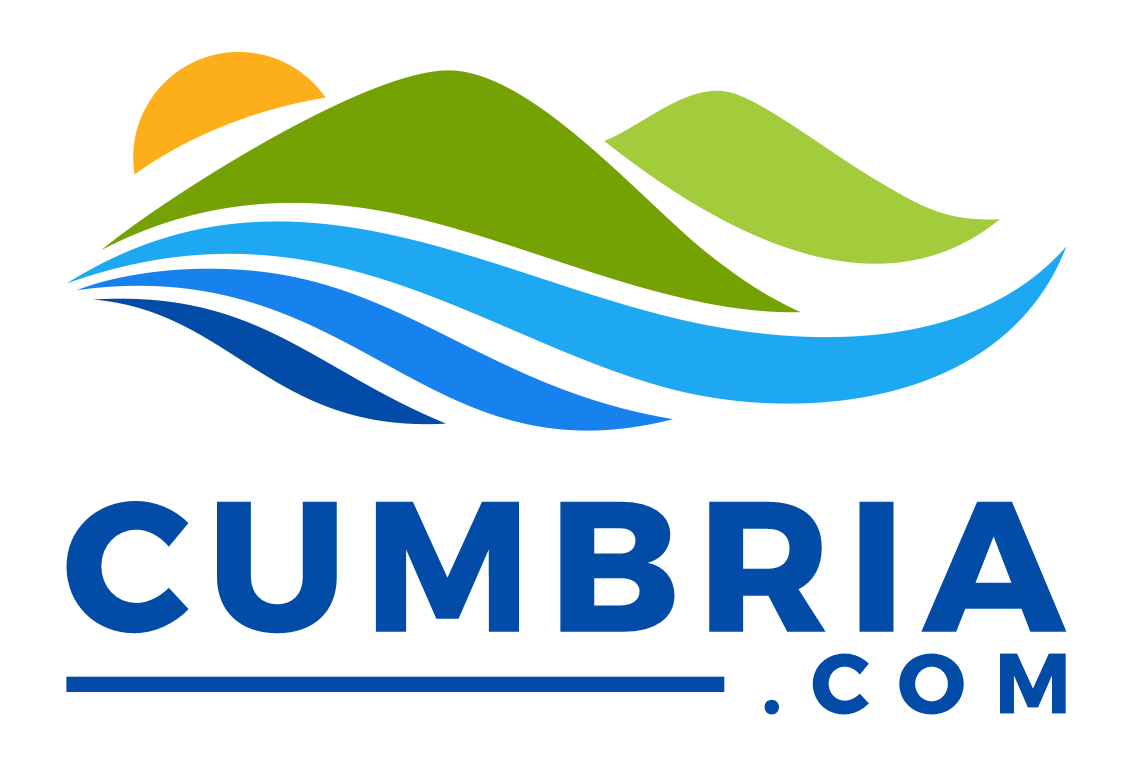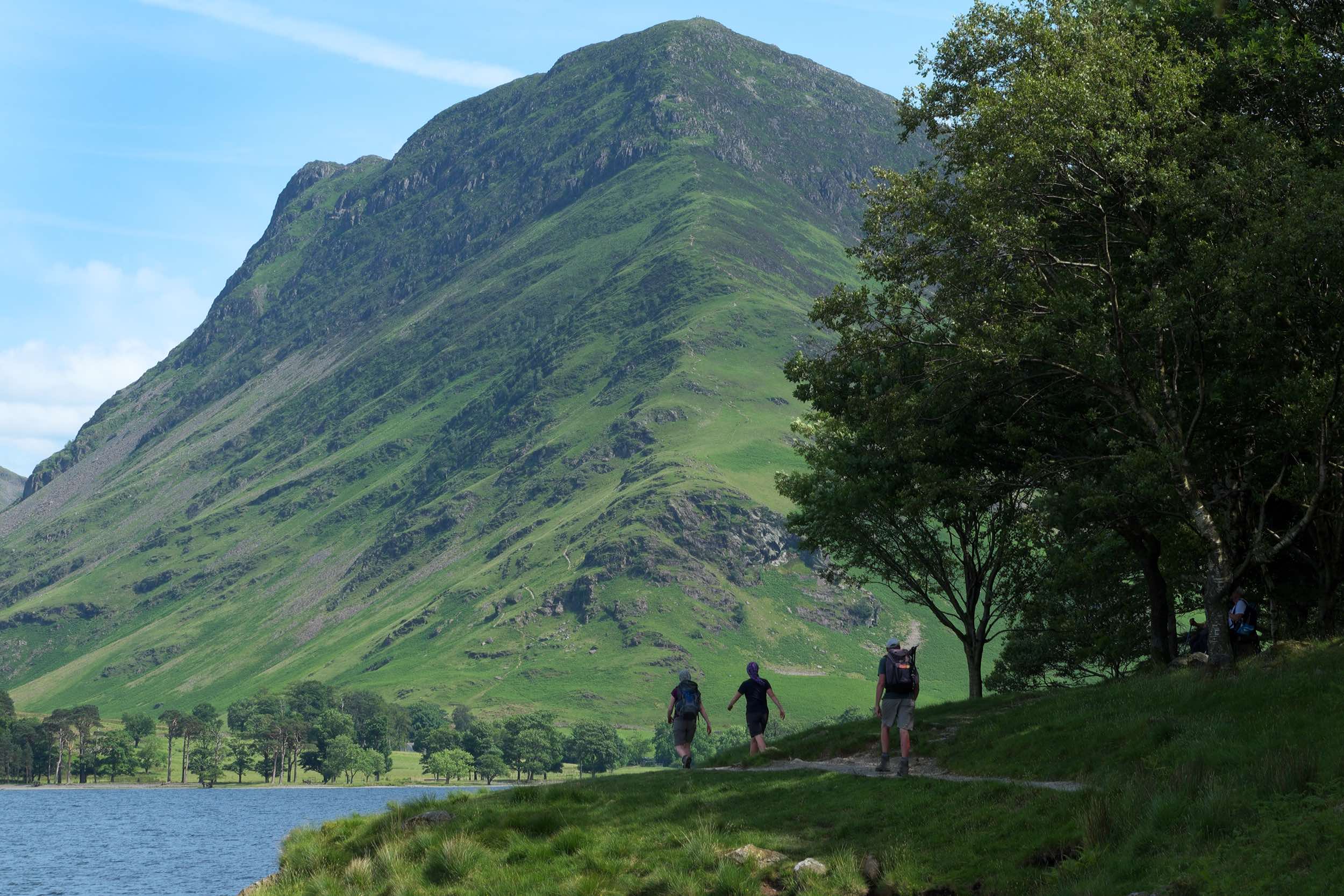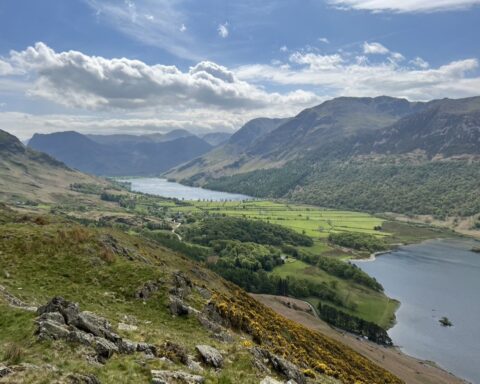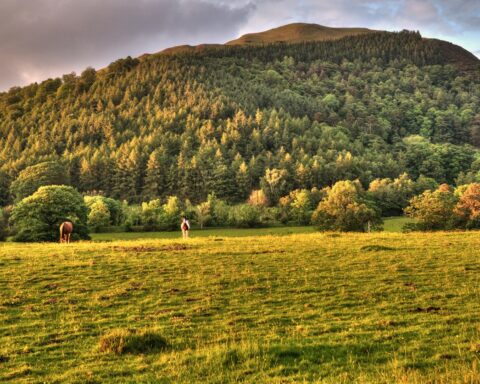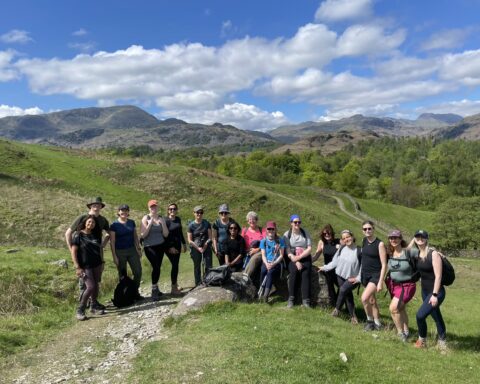The High Peaks and Rugged Valleys
Cross Lakeland’s steepest, remotest passes or venture around the little-visited south-western tip of Cumbria, and you enter a visually stunning world where England’s highest, most rugged mountains drop away to the sea. Here in the West Lake District lie the less accessible valleys of Eskdale, Wasdale, Ennerdale and Buttermere.
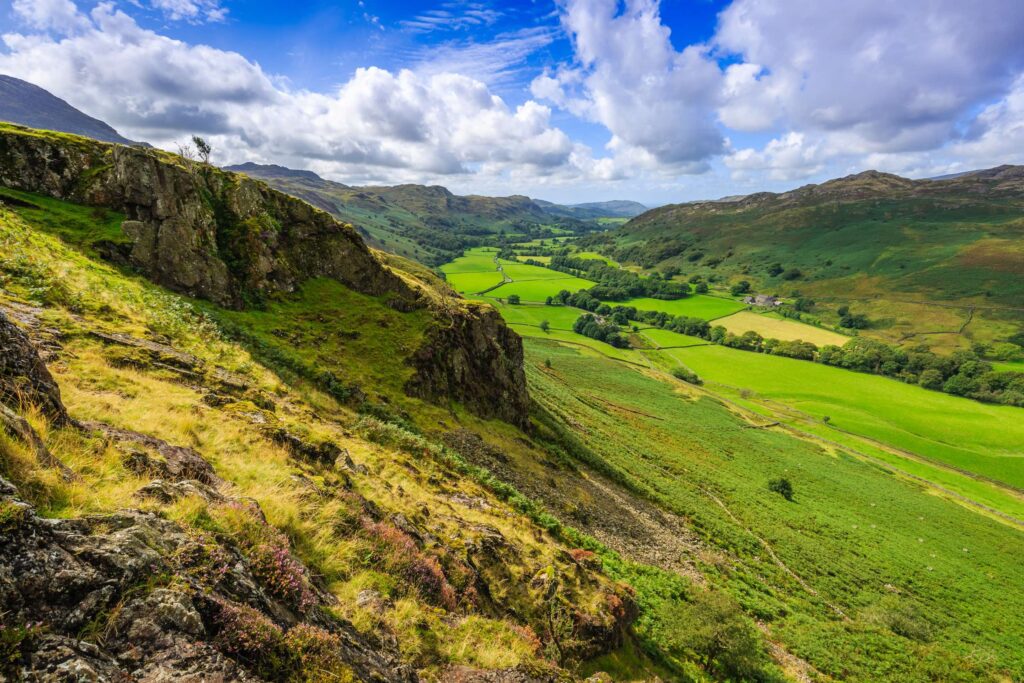
This is where serious hill-walkers come to climb England’s highest mountain Scafell Pike, to stride out along the rocky crest of the High Stile ridge or to tackle Great Gable, one of Britain’s best-loved peaks. Many would-be fell-walkers cut their teeth on lower summits such as Hay Stacks, one of legendary guidebook writer Alfred Wainwright’s favourite fells.
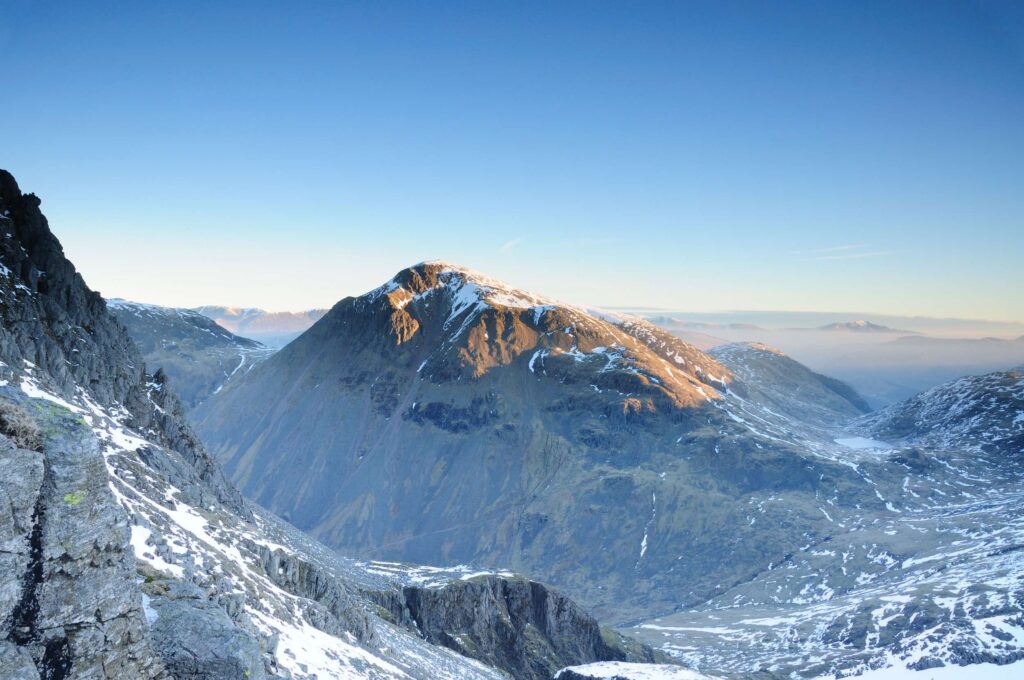
The western Lakes is also where rock climbers and mountaineers have, for generations, honed their skills. These peaks claim many ‘firsts’ in the climbing world, including Walter Parry Haskett Smith’s 1886 ascent of Napes Needle, regarded as the birth of rock climbing as a sport. Even earlier, in 1802, the poet Samuel Taylor Coleridge’s ascent of England’s second highest mountain Scafell – and subsequent, terrifying descent of Broad Stand – is possibly the first recorded climb for leisure purposes.
Lakeside Wanders and Woodland Treks in West Lake District
But there’s plenty here for lesser mortals too – lakeside ambles along the shores of Buttermere, Loweswater and Crummock Water; strolls through ancient woods that are among the last strongholds of the cute but endangered red squirrel; and walks to some of Lakeland’s most spectacular waterfalls, including Scale Force and Stanley Ghyll Force. Or you can simply find a great picnic spot in the valley bottom and gaze up at those imposing, rocky peaks.
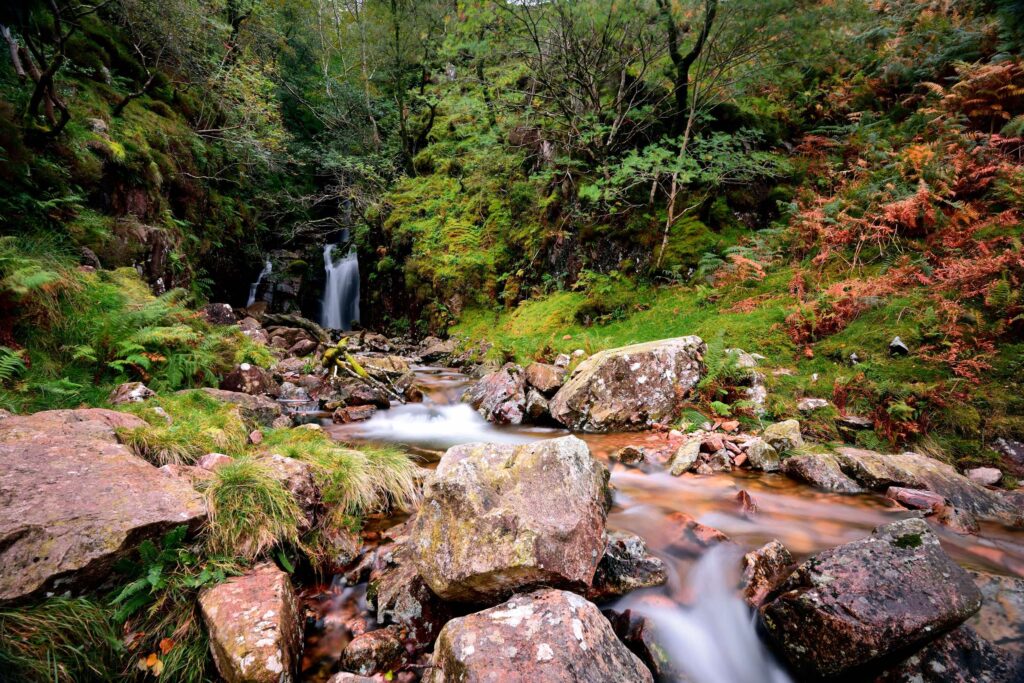
Tranquil Beaches and Historic Villages
The western Lake District also contains a 12-mile stretch of coastline, from Silecroft in the south to Ravenglass in the north. But you won’t find amusement arcades or rows of deckchairs here; it consists almost entirely of long, empty beaches and sand dunes. There are no towns, just a scattering of farms and hamlets connected by the Cumbria Coast railway line.
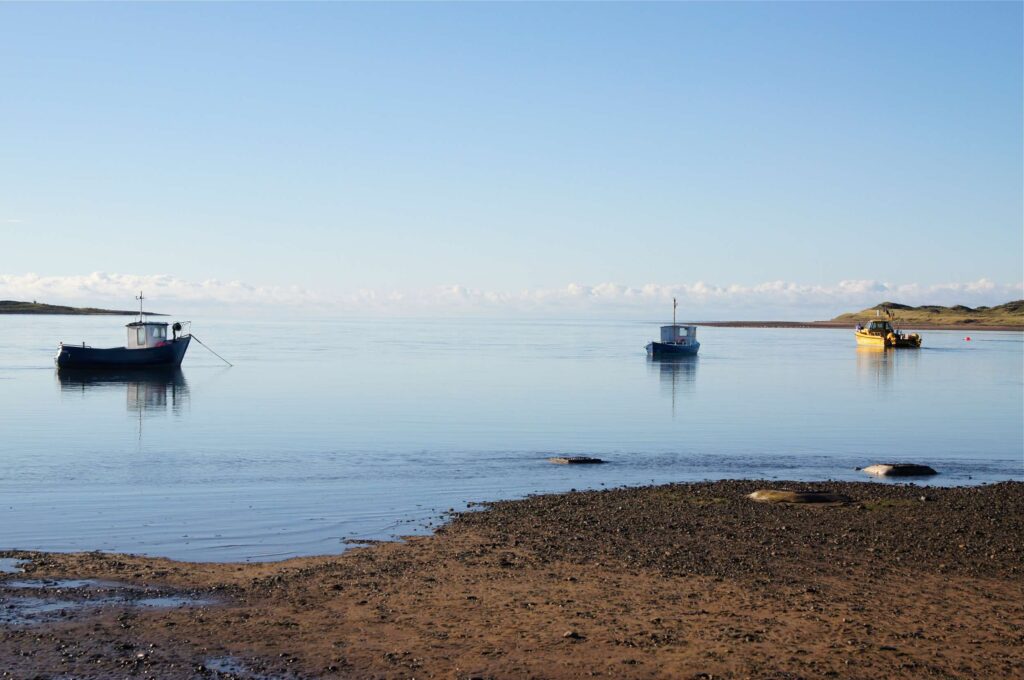
The largest settlement is the quaint seaside village of Ravenglass, which falls within both of Cumbria’s UNESCO World Heritage Sites – the Lake District and Hadrian’s Wall. The Roman remains here include a bath house and, just up the road at the foot of Hardknott Pass, the dramatically positioned ruins of Hardknott Fort. Take a trip up serene Eskdale on the narrow-gauge steam railway, known locally as the La’al Ratty, or watch the bird of prey flying displays in the gorgeous grounds of Muncaster Castle.
